For most central heating systems to work correctly they require an expansion vessel. This vessel can be built into the boiler or it can be positioned away from the boiler. Below are details on how to check the pressure in the expansion vessel.
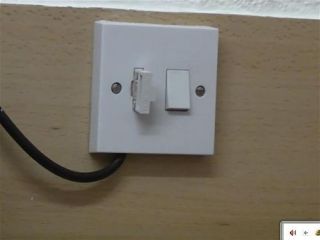
To check the pressure of the expansion vessel Switch off the boiler and remove the fuse as an extra precaution, to prevent it being switched back on by accident. you need to ensure that the central heating side of the vessel is not pressurised, so you need to drain off any excess pressure first. You then need to consult your boiler's operating manual and check exactly what pressure the vessel should be charged to.
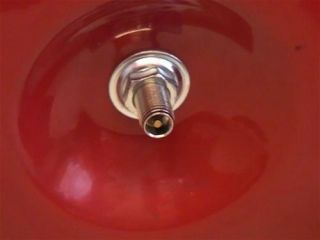
Firstly you need to locate the schrader valve on the expansion vessel. Your boilers user guide manual will often show where the expansion vessel is located and where the schrader valve is.
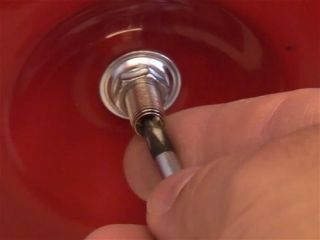
A schrader valve is identical to the ones fitted on most car tyres. You need to depress the valve in the centre using a screwdriver or other suitable implement. If water comes out of the valve it means that the diaphragm has failed inside of the vessel. You can have a failed expansion vessel replaced by a heating engineer or you can fit another external expansion vessel. If air comes out of the valve you need to check the pressure!
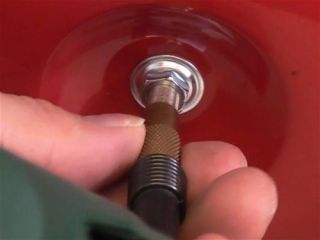
In order to test the pressure in the vessel you will need a suitable measuring device, such as a car tyre pressure checker.

Check the pressure of the vessel. This particular one needs to be 1 bar and so this vessel requires re-charging.
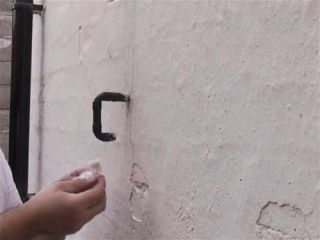
You can also check the pipe on the outside of the property which is connected to the pressure relief valve on the boiler. You can check to see if inside of the pipe is wet using a piece of tissue or you can tie a plastic bag over the end of the pipe. If the bag fills with water after some time it means that the system has been over pressurising, which means that the expansion vessel is not working correctly.



